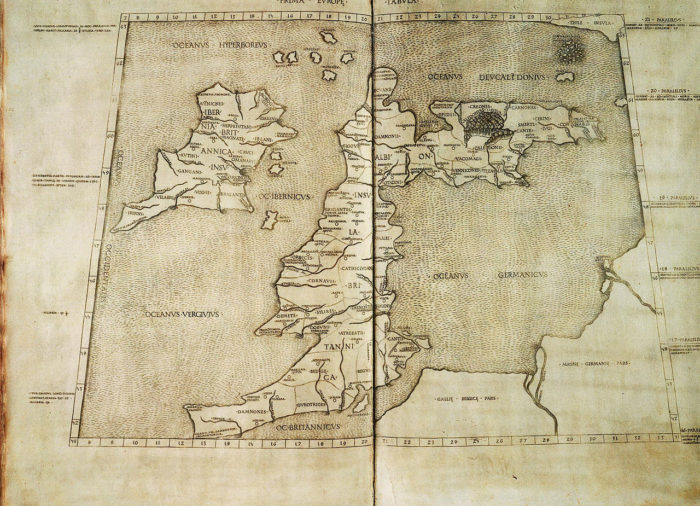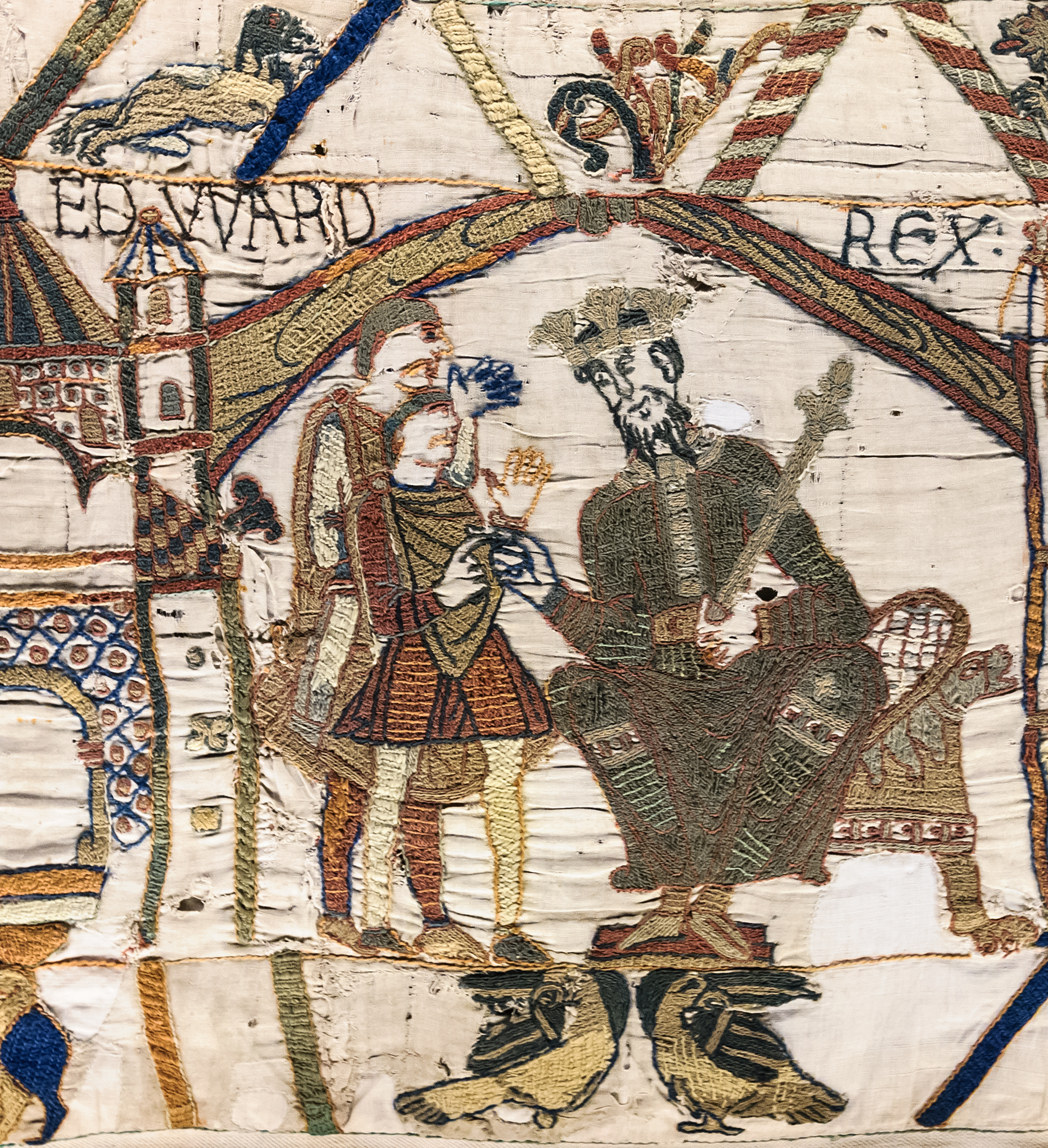Today is Halloween and, whilst from my view point, the modern commercialised things surrounding the day should be ignored, there has been the traditional telling of stories about witches and witchcraft and about warding off evil.
They have been some recent online reports about the ways in which people in the past warded off the activities of witches and of the evil eye in Lincolnshire.
The first concerns a survey that has been undertaken of witch marks and of other superstitious markings designed to protect against the house burning down at the Old Hall at Gainsborough. In recent years such symbolic marks have received more attention and it is clear that Gainsborough is a major resource for the study of these things. the Hickman family who owned the house at the beginning of the seventeenth century were closely associated with the Pilgrim Fathers who, of course, left initially from Boston for the United Provinces before their journey across the Atlantic in 1620. They and similarly-minded people were particularly conscious of what they saw as the threat posed by witches in the seventeenth century.
The reports can be seen from the Daily Telegraph at Secret ‘witch marks’ found in Tudor Manir House, from The Guardian at ‘Staggering array’ of witches’ marks discovered at English Heritage site, and from Sky News at 'Astonishing' witches' marks discovered at heritage site - including curses
Like some of the members of the Hickman’s ‘house church’ who met at the Hall the story of the discovery has crossed the Atlantic and is reported upon in some considerable detail by the Washington Post in Centuries-old ‘witches marks’ found carved into walls of English Manor House
If you have not visited and are in the vicinity I would strongly recommend a visit to Gainsborough Old Hall, which has buildings dating from the fifteenth to the seventeenth centuries, and is a relatively rare survival of a house of its type. It has a very impressive late medieval timber framed Hall and a spectacular brick kitchen with multiple hearths for feeding the owner and his household, not to mention distinguished guests.
The English Heritage website about it can be seen at Gainsborough Old Hall and Wikipedia has a history of the building and its owners at Gainsborough Old Hall
Coincidentally the BBC News website reports on a new exhibition at Lincoln Castle about charms against witches that have been found in the county from as late as the nineteenth century.
The article can be seen at Witchcraft charms go on display at Lincoln Castle
It also refers to the Belvoir witchcraft case of 1618-19. BelvoirCastle, just over the county boundary in north-east Leicestershire, was at the centre of charges claiming that two children of the Earl of Rutland had been bewitched to death. The monument to the children in the Manners family burial place of Bottesford church is unique in explicitly stating that they died as a result of witchcraft. The story of this well documented and sensational case, together with modern theories about what was going on, can be seen on Wikipedia at Witches of Belvoir











